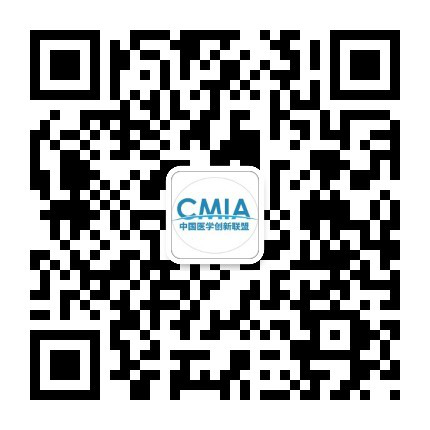新冠肺炎大流行前后肾脏替代治疗与肾脏恢复的比较一项单中心观察性研究
本文由“罂粟花”授权转载
新冠肺炎大流行前后肾脏替代治疗与肾脏恢复的比较一项单中心观察性研究
贵州医科大学 麻醉与心脏电生理课题组
翻译:陈锐 编辑:陈锐 审校:曹莹
背景
研究的目的是描述新冠肺炎危重患者肾脏替代治疗(RRT)的适应症、管理、并发症和结果。为了将这些发现与36名在ICU接受RRT的非新冠肺炎患者进行比较,我们进行了背景分析。
方法
我们在2020年3月1日至6月30日期间对需要急性RRT的患者进行了一项回顾性单中心观察队列研究。与2019年1月至2020年2月新冠肺炎之前接受RRT的人进行了比较。
结果
在154例新冠肺炎患者中,47例(30.5%)接受了连续性高容量血液滤过(CVVHF),均需机械通气和升压药支持。RRT的需求与液体平衡有关,而不是与氮质血症有关。与36例非新冠肺炎患者相比,新冠肺炎患者年龄较小(p=0.016),入院时血肌酐较低(p=0.049),在开始放疗前代谢性酸中毒(p<0.001)和乳酸血症(p<0.001)程度较轻。另外,随机对照试验的持续时间较长(p<0.001)。尽管新冠肺炎患者在开始放射治疗后出现较低的CVVHF交换率和较高的血肌酐水平,但代谢异常已得到纠正。新冠肺炎患者的住院死亡率为60%,而非心血管疾病患者的住院死亡率为67%(p=0.508),而在没有慢性肾脏病病史的存活患者中,肾脏恢复情况相似(p=0.231)。
结论
在使用有创通气的COVID-19患者中,与托珠单抗相比,白介素受体阻断剂治疗与更高的临床改善概率相关;然而,与对照组相比,这两种药物的治疗都没有产生具有临床意义的改善。
原始文献来源
Rebecca RYAN, Isabel TAYLOR, Chris LAING, Comparison of renal replacement therapy and renalrecovery before and during the COVID-19 pandemic- Asingle centre observational study Minerva Anestesiologica 2021 Aug 02 DOI: 10.23736/S0375-9393.21.15595-6。
Comparison of renal replacement therapy and renal recovery before and during the COVID-19 pandemic- A single centre observational study
原 文
BACKGROUND: Our objective was to the describe indications, management, complications and outcomes of renal replacement therapy (RRT) in COVID-19 critically ill patients. To contextualise these findings, comparisons were made against 36 non-COVID-19 consecutive patients requiring RRT on ICU.
METHODS: We conducted a retrospective single centre observational cohort study of patients requiring acute RRT between 1st March and 30th June 2020. Comparison was made against those receiving RRT in the pre-COVID-19 period from January 2019 to February 2020.
RESULTS: Of 154 COVID-19 patients, 47 (30.5%) received continuous venovenous haemofiltration (CVVHF), all of whom required mechanical ventilation and vasopressor support. The requirement for RRT was related to fluid balance rather than azotaemia. Compared to 36 non-COVID-19 patients, those with COVID-19 were younger (p=0.016) with a lower serum creatinine on hospital admission (p=0.049), and lesser degrees of metabolic acidosis (p<0.001) and lactataemia (p<0.001) before initiation of RRT. In addition, the duration of RRT requirement was longer (p<0.001). Despite lower CVVHF exchange rates with higher serum creatinine levels following RRT initiation in the COVID-19 patients, metabolic abnormalities were corrected. Hospital mortality was 60% among COVID-19 patients requiring RRT, compared to 67% in non-COVID patients (p=0.508), and renal recovery among survivors without pre-existing CKD was similar (p=0.231).
CONCLUSIONS: The requirement for RRT in COVID-19 patients was primarily related to fluid balance and using lower CVVHF exchange rates was effective to correct metabolic abnormalities. Renal recovery occurred in all but one patient by 60 days in the 40% of patients who survived.
KEY WORDS: Renal replacement therapy; COVID-19 pandemic; Resource management
不感兴趣
看过了
取消
不感兴趣
看过了
取消
精彩评论
相关阅读





 打赏
打赏


















 010-82736610
010-82736610
 股票代码: 872612
股票代码: 872612




 京公网安备 11010802020745号
京公网安备 11010802020745号


